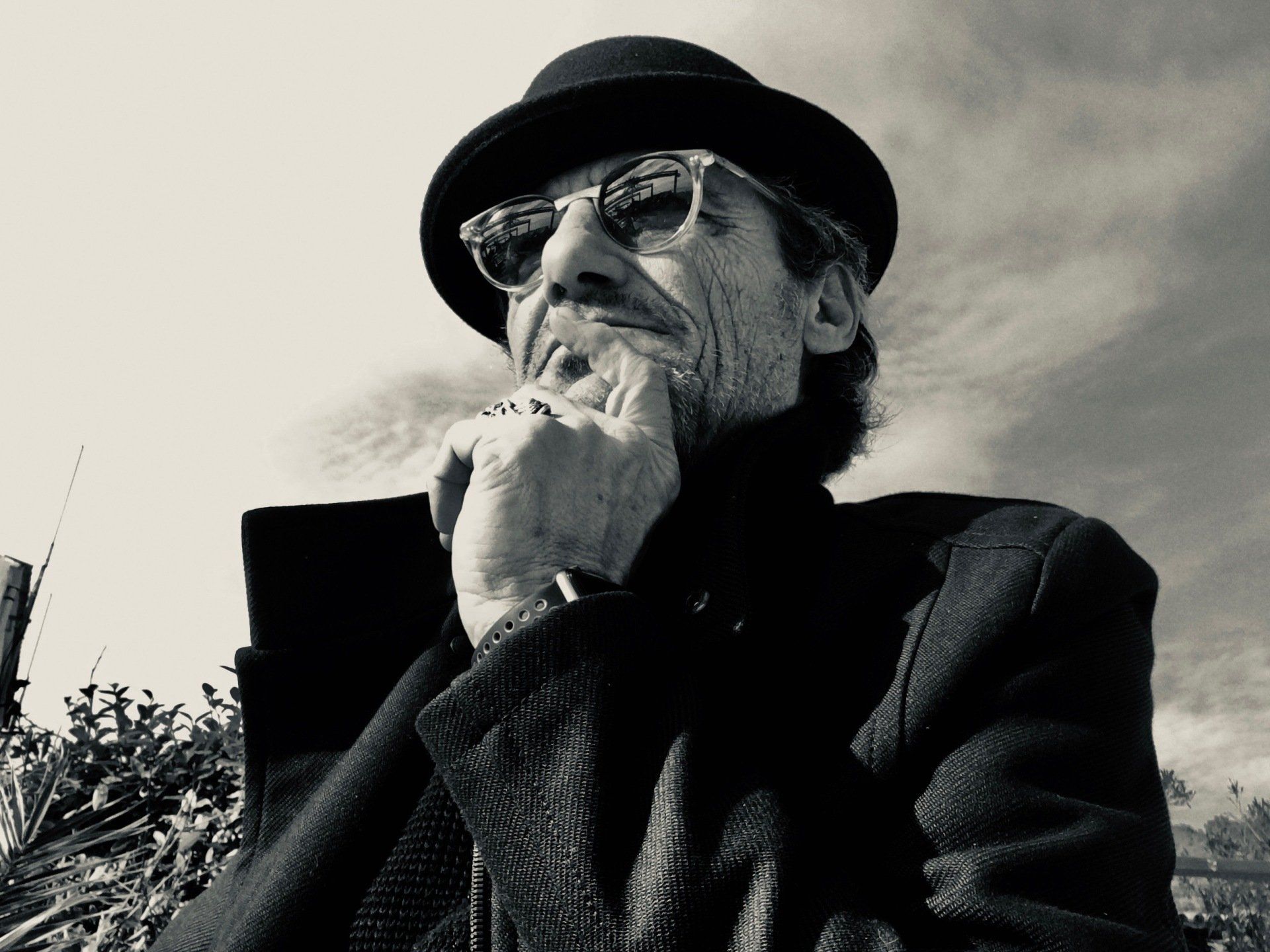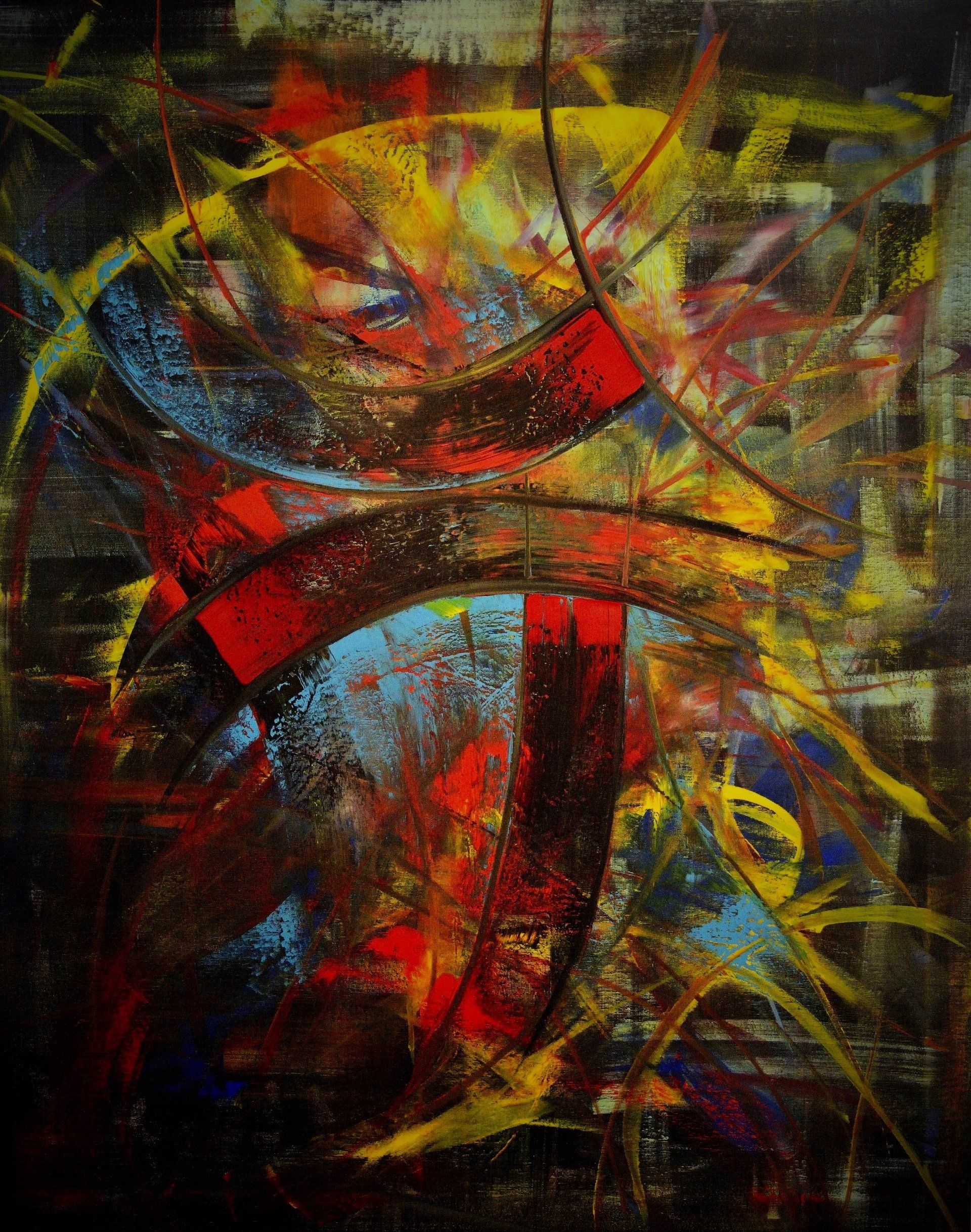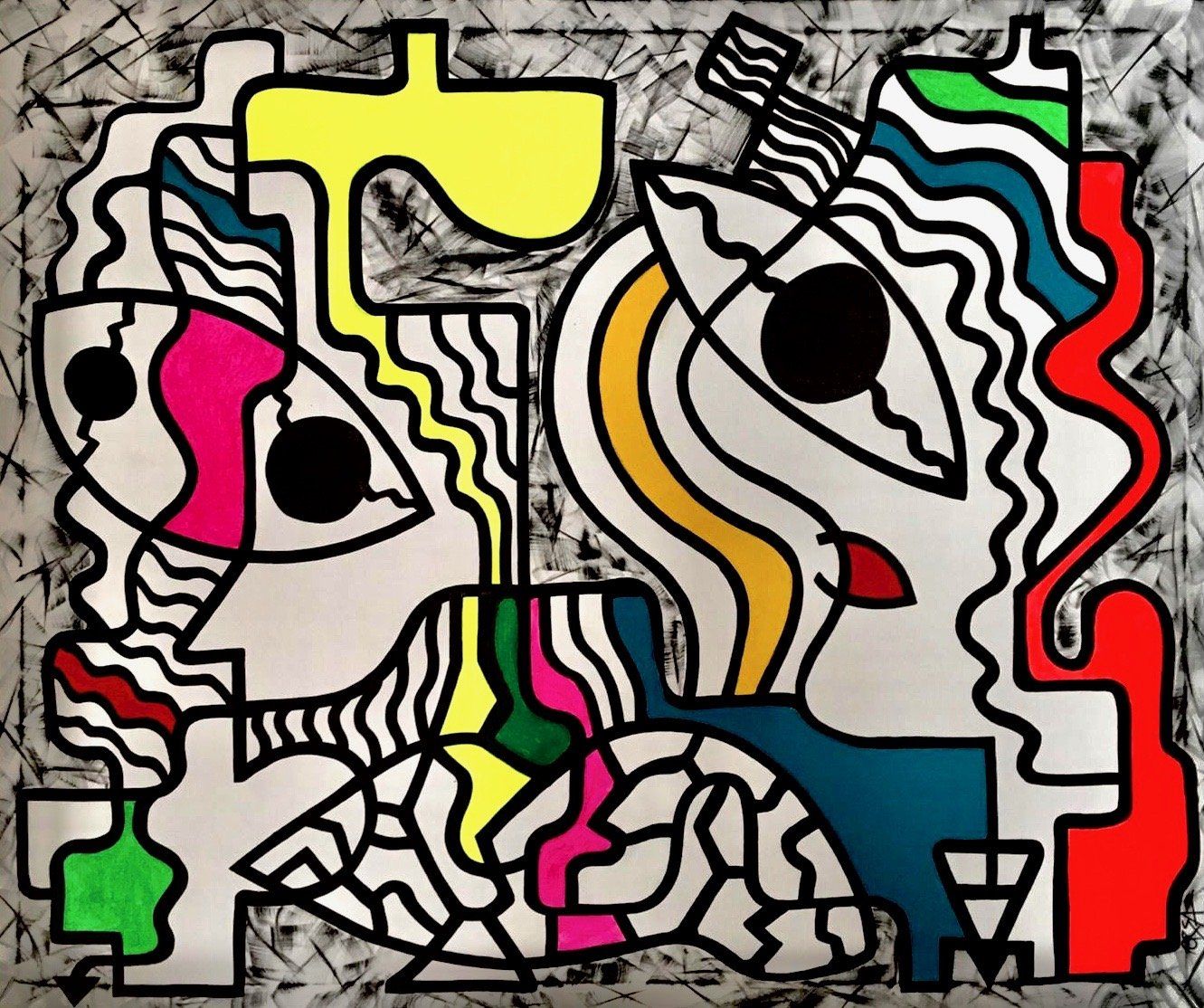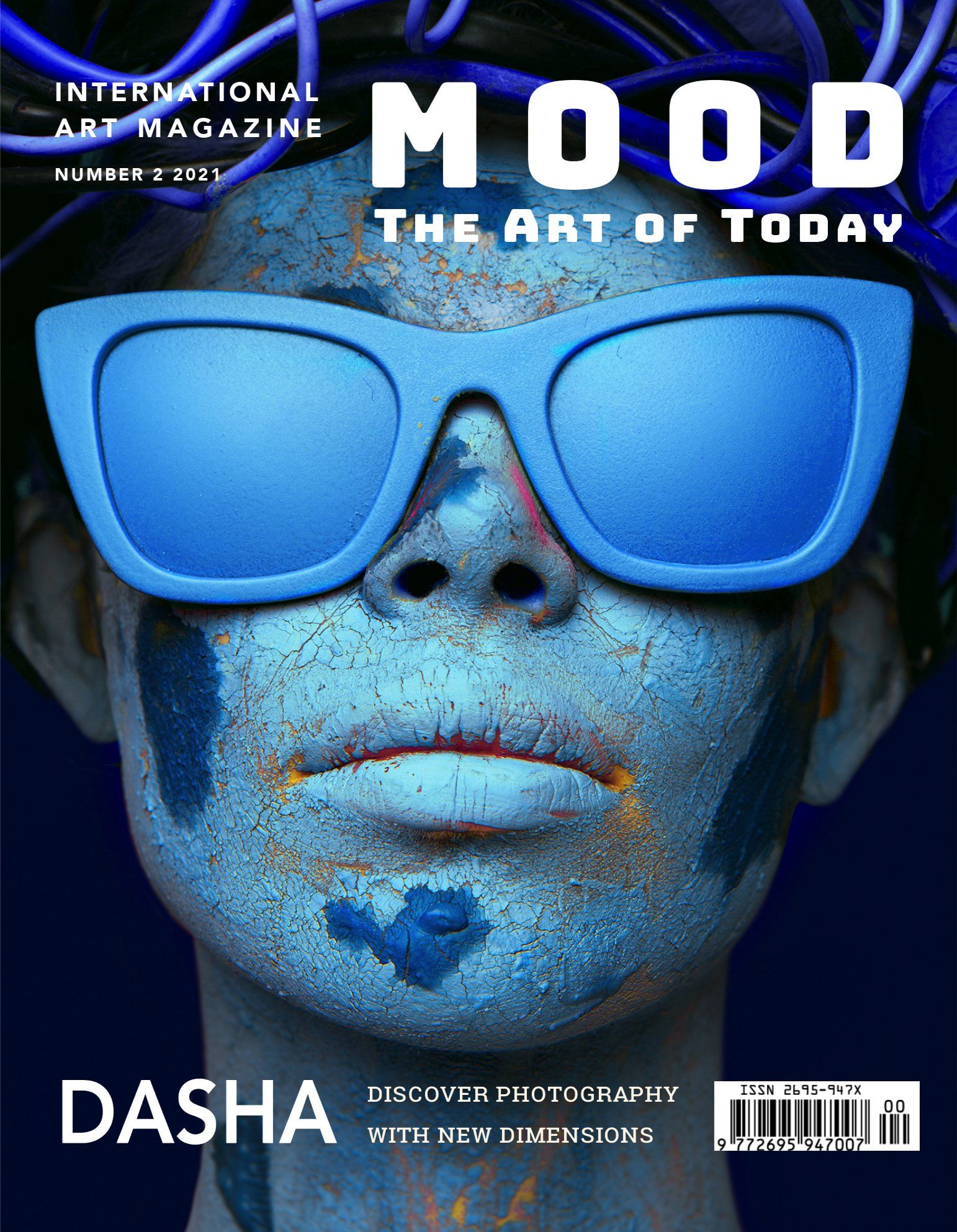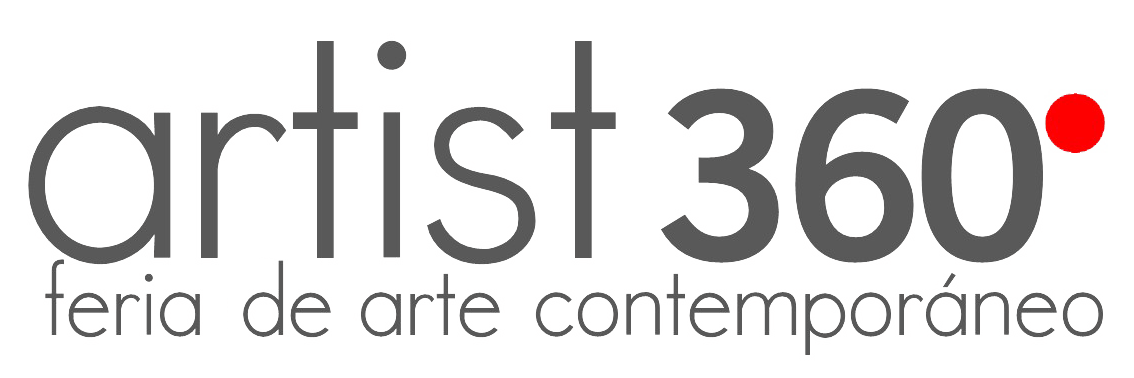ORSA
The Reign of Colour
Orsa is a fusional artist, painter, sculptor, photographer and musician. Not always all at once, but ne-ver separately. This is his language for expressing things, body and soul, as it were. Things of the world and of life, portrayed in shapes, images, sounds and colours with no half-measures! For the man is as free and secretive, not to say unpredictable, as his art is surprising in its freshness and generosity. Not to mention his utter sincerity. Born on the 28th of June 1950 in Castiglione (now Bou-Ismaïl), Algeria, a small seaside resort on the Mediterranean coast about 40 kilometres south-west of Algiers, Jean Dominique Orsa (‘Jeando’ to his friends) has fond memories of ‘casual painters who would come and set up their easels every weekend, like in Cadaqués, except they didn’t have time to do Cadaqués’. He then joined his family, originally from Castagniccia, in the land known as the Island of Beauty.
This first uprooting was not easy for a ten-year-old: ‘I made a big leap between two countries, with no halfway house, from Arab culture to Corsican tradition,’ notes Orsa, with a sense of reserve and nostalgia. ‘At the same time, I do have Corsican blood, Corsican ancestors, and I didn’t hesitate to become a Corsican myself.’ On his childhood and studies in Bastia: ‘It was amazing because, from the school, we had a breathtaking, plunging view of the sea, which I gazed at all day long. To the point that Corsica still has only one colour for me, that of turquoise blue ... But also, that of friendship, beyond its borders.’
He was a good student, slightly inattentive, and as he admits, very drawn to sport and singing. ‘He’s a boy who works with his voice and hands,’ his father would say of him. Back in the day, Jeando started a small orchestra that did well. ‘After that, I did things too fast, married at twenty, had a child, Frédéric, and divorced six months later.’ Overnight, Orsa ended up in Paris, in the manner of a young hero that fortune has decided to put to the test. As a singer-songwriter, he collaborated with the best in the business, Étienne Roda-Gil. ‘I don’t know if it was music that drew me to art or art to music! It was movement, I think, that led me to music, and not the other way around,’ he adds, as he fondly reminisces about his early travels, especially to Oklahoma, where he lived among the Cherokees. And then Black Africa again, for 15 years ... ‘1987 was the year when my son Lucas was born. In 1989, I set off for Ivory Coast to settle in Abidjan. I was feeling extremely low at the time. I needed something different, space, adventure ...’
A MULTIDISCIPLINARY ARTIST WITH AN ENQUIRING MIND
In truth, the man cannot stop moving, exploring and improvising. A self-taught photographer, he travels the country, even the remotest villages, and brings back exclusive reports about the cocoa trade, landscapes, and profoundly humanist portraits. A multidisciplinary artist with an enquiring mind, he also designs jewellery and practises sculpture. Commissions include a monumental statue of Colonel Oulaï requested by the City of Abidjan for Akouédo military camp. In 1998, he created a statue that was erected right in the middle of the city, to mark the 500th anniversary of the abolition of slavery. Later, it was destroyed in the coup d’état in 2000,
Orsa decided to leave Ivory Coast and return to Corsica. In Calvi, he carried on with his work, if only to show the pure, raw colours drawn from his emotions and experience, starting with painting. ‘In direct and permanent contact with the Earth, I paint at home, in the light, creating worlds that fascinate me and that I can never get tired of ... In fact, I travel in my art as I do in life,’ he admits solemnly. ‘Whether in my pictorial gesturalism –the famous curves of Arabic writing– or in the sculpted movement of the materials I assemble like music notes, I try to find the shapes and people that have marked my lived experience, my imaginary world.’
An autobiographical artist, Orsa loves the quiet of the studio so he can focus on the task in hand and go from one room to another. ‘It’s very much arranged as if by chance, sometimes. I am giving my all to a sculpture, and then with my hands splattered with paint, after they have had time to dry, I can be sitting at the piano, and there I enter the music. These successive and complementary states are so many moments of escape.’
Today, the creator spends most of his time working on his new shows. It seems we can look forward to further encounters, already promising great discoveries and emerging worlds to explore!
AFRICA AT THE SOURCE
Here again we find Africa and the images that it evokes. Orsa’s sculptures are inspired by the totems and statuettes of primitive art, talismans, the DIY salvage aesthetic, and emaciated silhouettes.
He produces bronze Masai warriors with a proud and frail demeanour, armed with lances and shields. He is also known for his cosmic sculptures that allude to the earth, the sky, and the harmony of the spheres, showing evidence of a kind of animism. Then there are curious objects, like the multicoloured rake-pitchfork hybrid entitled Mélange.
The overall impression is of some market in the suburbs of Ivory Coast or Senegal, where they sell ashtrays made from car bolts or baskets woven from electrical cables. Indeed, the artist lived for a long time in Abidjan, where amongst other hedonistic activities, he set up a sculpture studio that produced many works of art to adorn the public realm.
This continued until the chaos of the year 2000 (Robert Guéï and Laurent Gbagbo, both claiming to have won the presidential election, provoked an insurrection in the city) put an end to Orsa’s love affair with Black Africa.
'It is a dancing brush that painted these pictures full of curves and roundness,
a million miles away from the right angle.
Yet there is nothing languid about it,
in fact it exudes a nervous sensuality,
with that jumble of lines and crosses.
There are those colours, back again,
violently colonising the painting.
A dance, an arabesque perhaps,
not entirely macabre
but surely not peaceful.'



